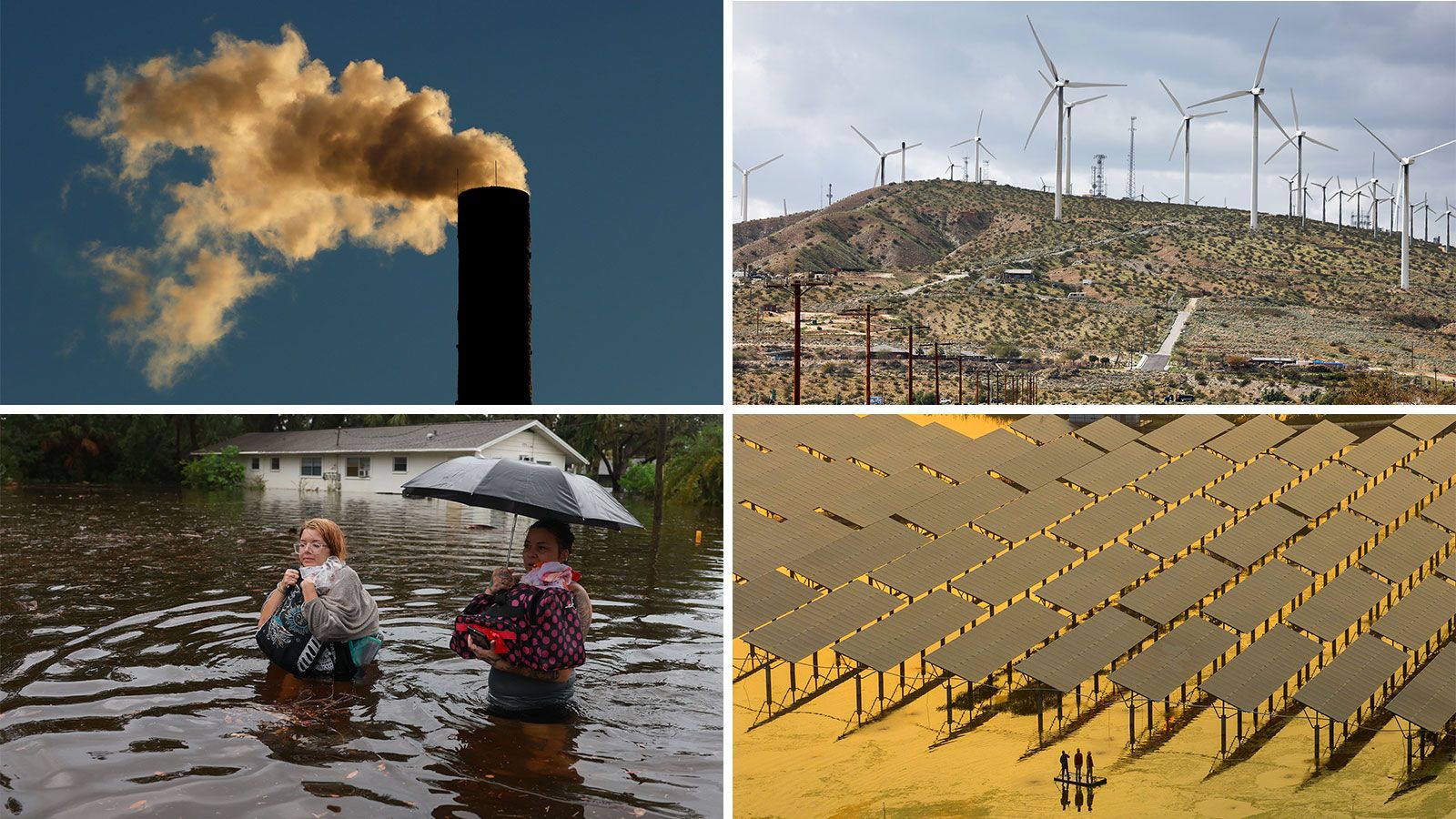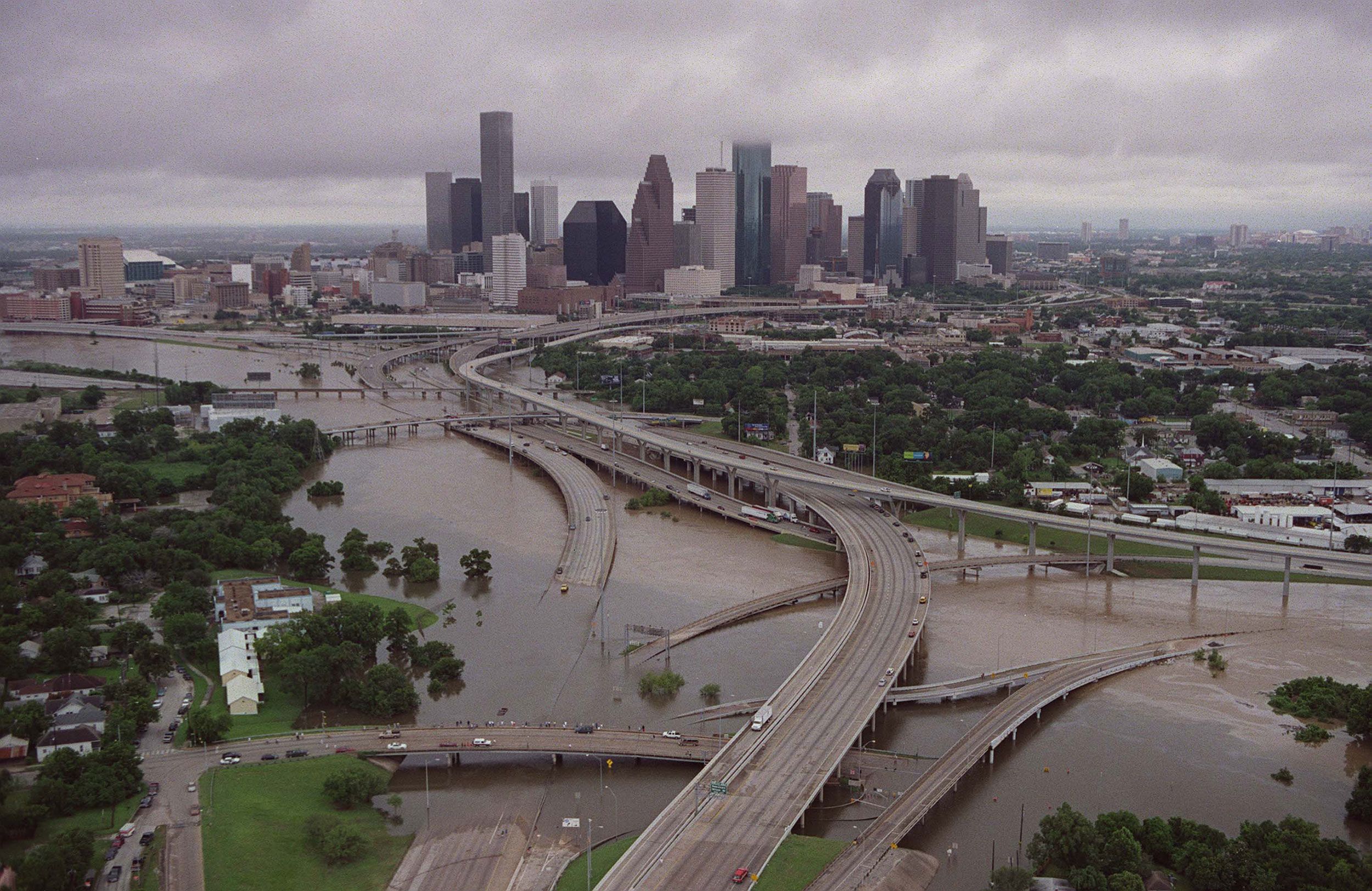
Dave Einsel/Houston Chronicle/AP
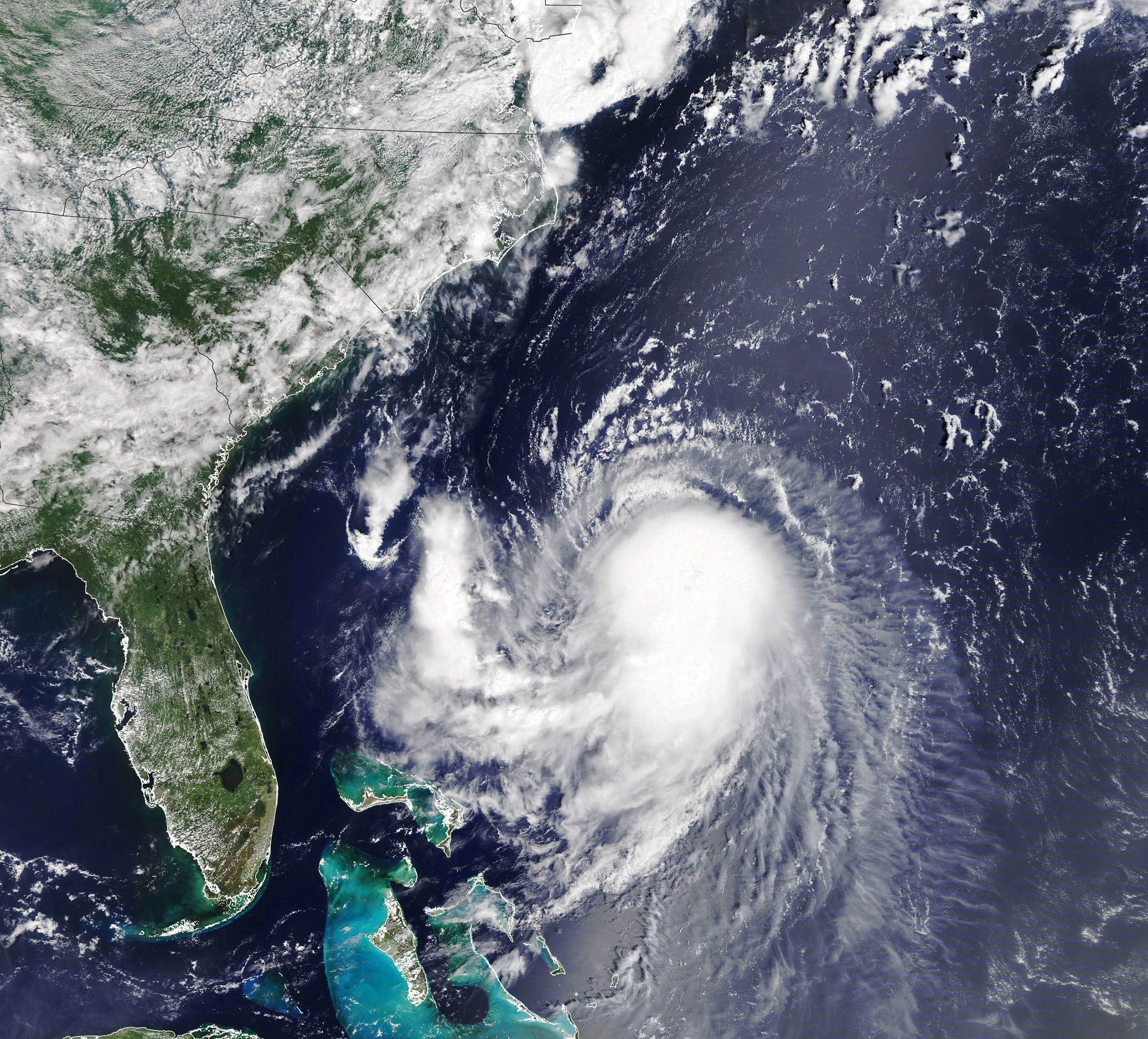
NASA
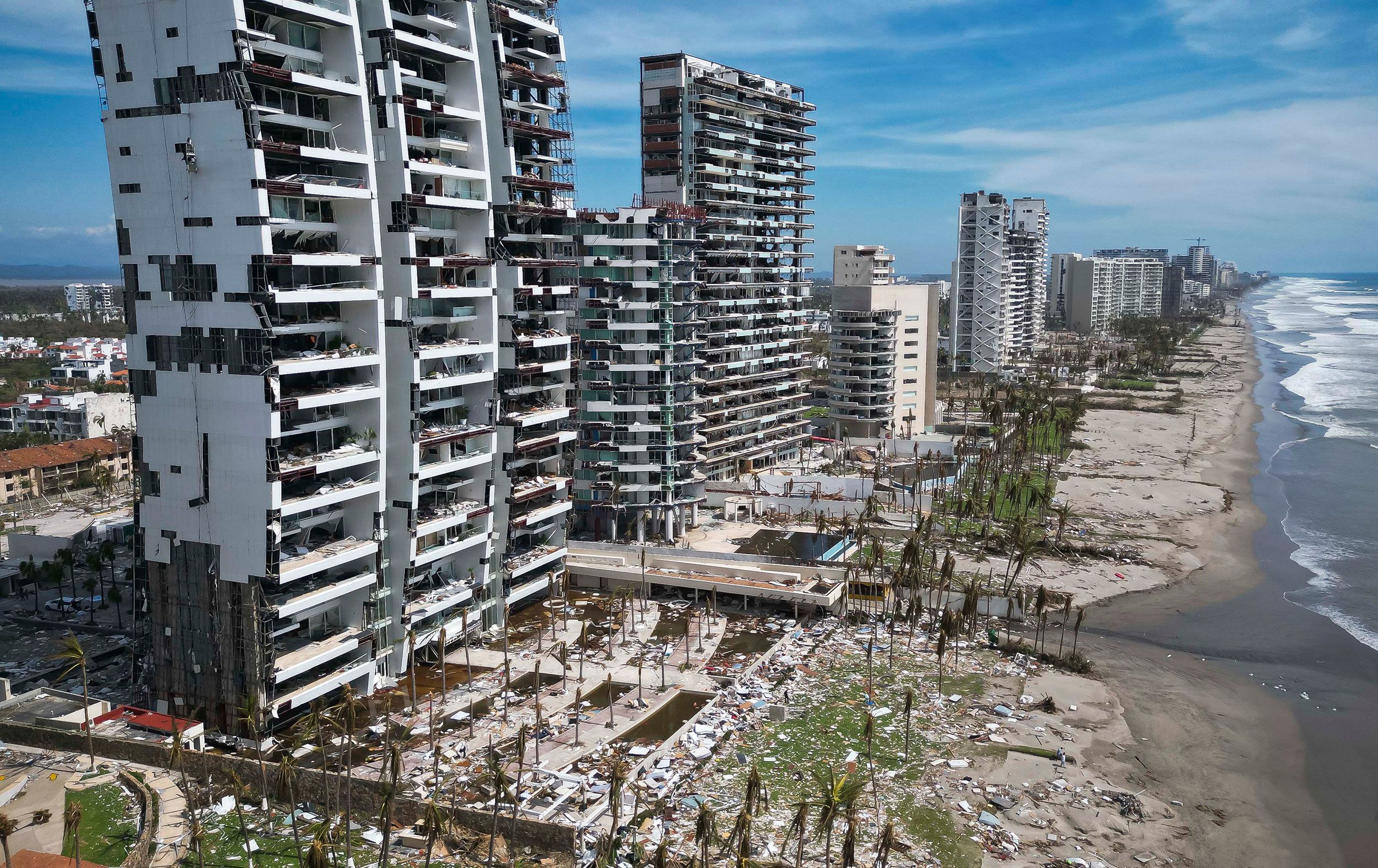
Rodrigo Oropeza/AFP/Getty Images
Can you spot these hurricane myths?
Editor’s note: The CNN Original Series “Violent Earth with Liev Schreiber” explores the harrowing weather events, from hurricanes and tornadoes to wildfires, that are increasingly frequent in our changing climate. It premieres Sunday, June 2 at 9 p.m. ET/PT.
Hurricane season is here and you can't afford to be fooled by unscientific tales and misconceptions. Test your mettle to figure out how storm-savvy you are.
True or False: Hurricanes are always more dangerous than tropical storms.

Tropical storms can be equally devastating as hurricanes, especially when they’re slow-moving and able to wring out impressive amounts of rain. 2001’s Tropical Storm Allison killed more than 20 people and caused more than $5 billion in damage after it dumped more than 35 inches of rain on the Houston area.
A storm makes landfall when:
By the time landfall occurs the strongest winds and worst storm surge often have already arrived. Storms that don’t even make landfall can cause serious destruction, say by moving parallel to the coast.
True or False: Only the places in a storm’s forecast cone will be impacted.

The cone only presents the most likely range for where the storm’s center could go. Wind and rain and other impacts can extend hundreds of miles from that center.
True or False: Hurricane categories like Category 5 are based only on wind speeds.
The Saffir-Simpson Hurricane Wind Scale doesn’t consider deadlier threats like storm surge, so it’s important to take all storms seriously, no matter their strength. Pay attention to other alerts in your area to determine how you could be impacted.
True or False: A landfalling Category 4 hurricane will always produce a higher storm surge than a landfalling Category 2 storm.
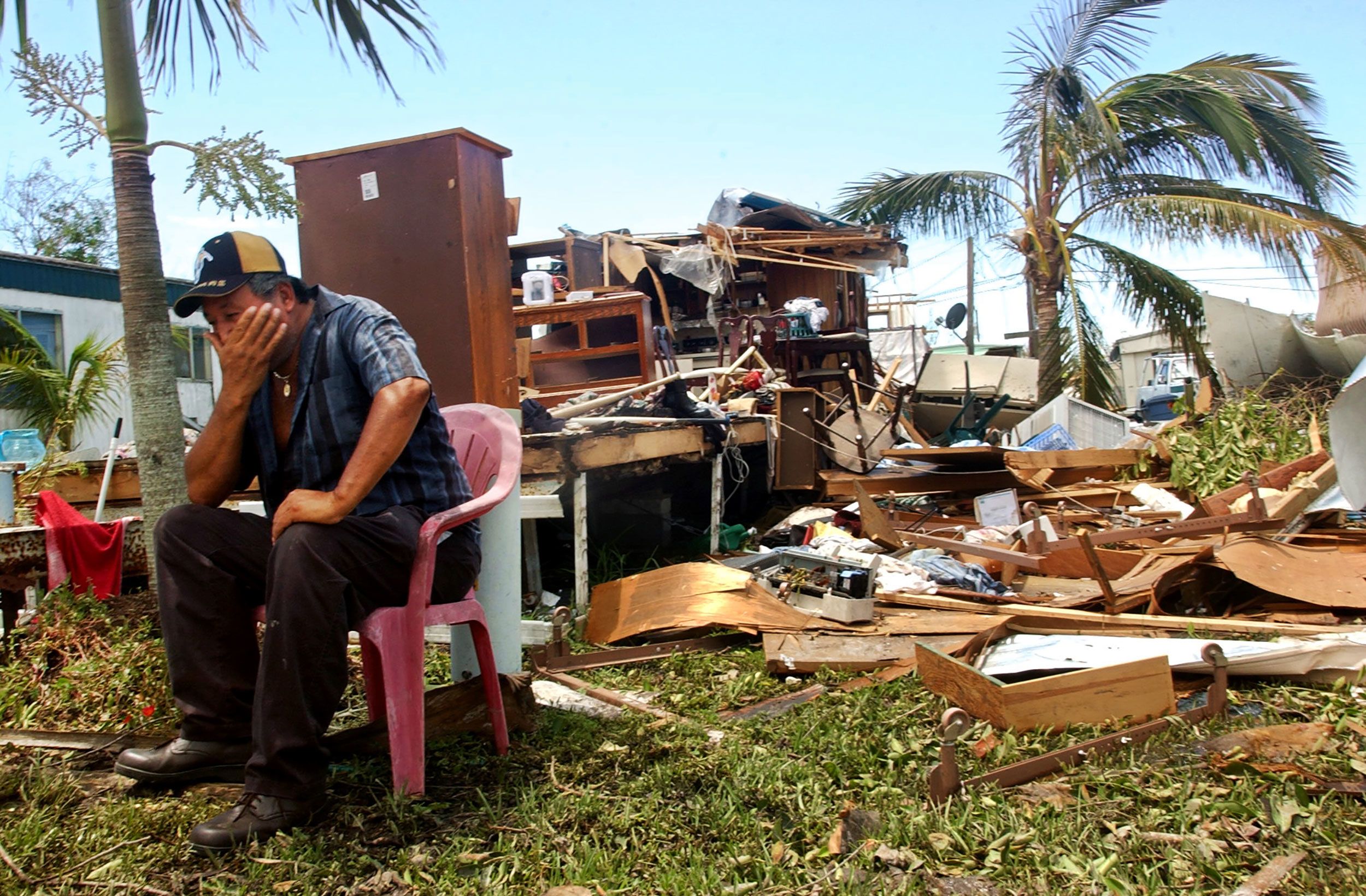
Storm surge, or when the ocean is literally pushed onshore by a storm, relies on the complex interaction of forward speed, intensity, size and other factors. Larger, slow-moving storms have produced more prolific storm surge than smaller, more intense ones.
True or False: More hurricanes are forming because of climate change.

Hurricanes are getting stronger and wetter because of climate change, but so far scientists haven’t seen a significant increase in the number of hurricanes in the Atlantic Ocean.
True or False: Hurricanes can develop outside of the tropics.

Hurricanes don’t just form in the tropics – they can develop anywhere conditions are favorable. In 2021, Henri formed near Bermuda, well away from the tropics, strengthened into a hurricane and then took an unusual track into the Northeast. The storm caused serious flooding and $700 million in damage in the US.
True or False: Hurricanes can strengthen over land.

Storms need the warm, moist air that evaporates over the ocean to form and strengthen, but on rare occasions can take advantage of those same conditions over waterlogged soil and maintain their strength or even strengthen in what’s known as the “brown ocean effect.” Hurricane Ida’s devastation over Louisiana was prolonged by this phenomenon, a recent study found.
Storm surge makes the water level
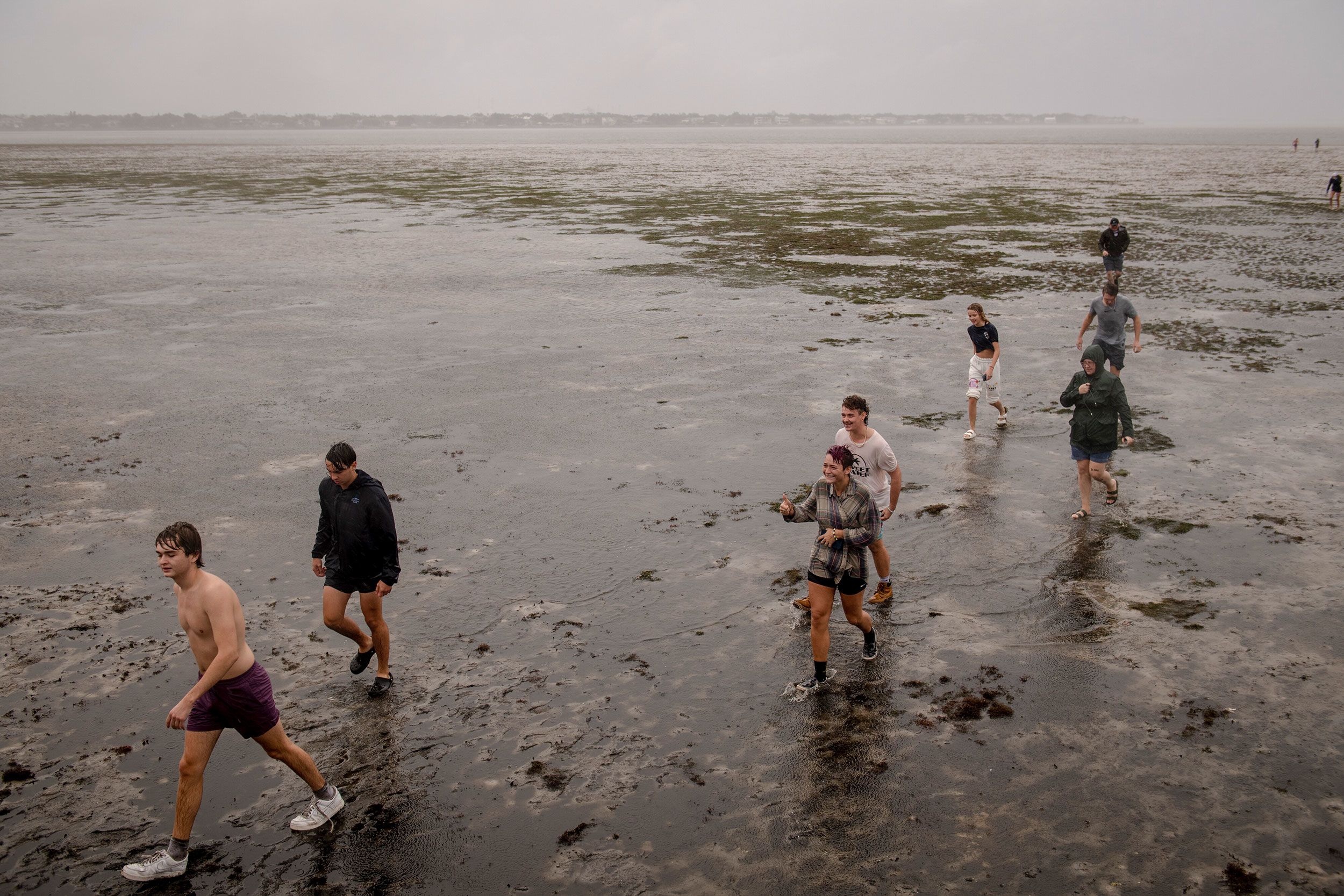
Most people think of storm surge as higher water levels, and for good reason: Storm surge flooding can be feet deep. But there’s also so-called reverse storm surge, where a storm’s winds can push ocean water away from the coast, leading to lower water levels. This happened in dramatic fashion in Tampa Bay during Hurricane Ian in 2022.
Historically, the deadliest part of hurricanes has been their:
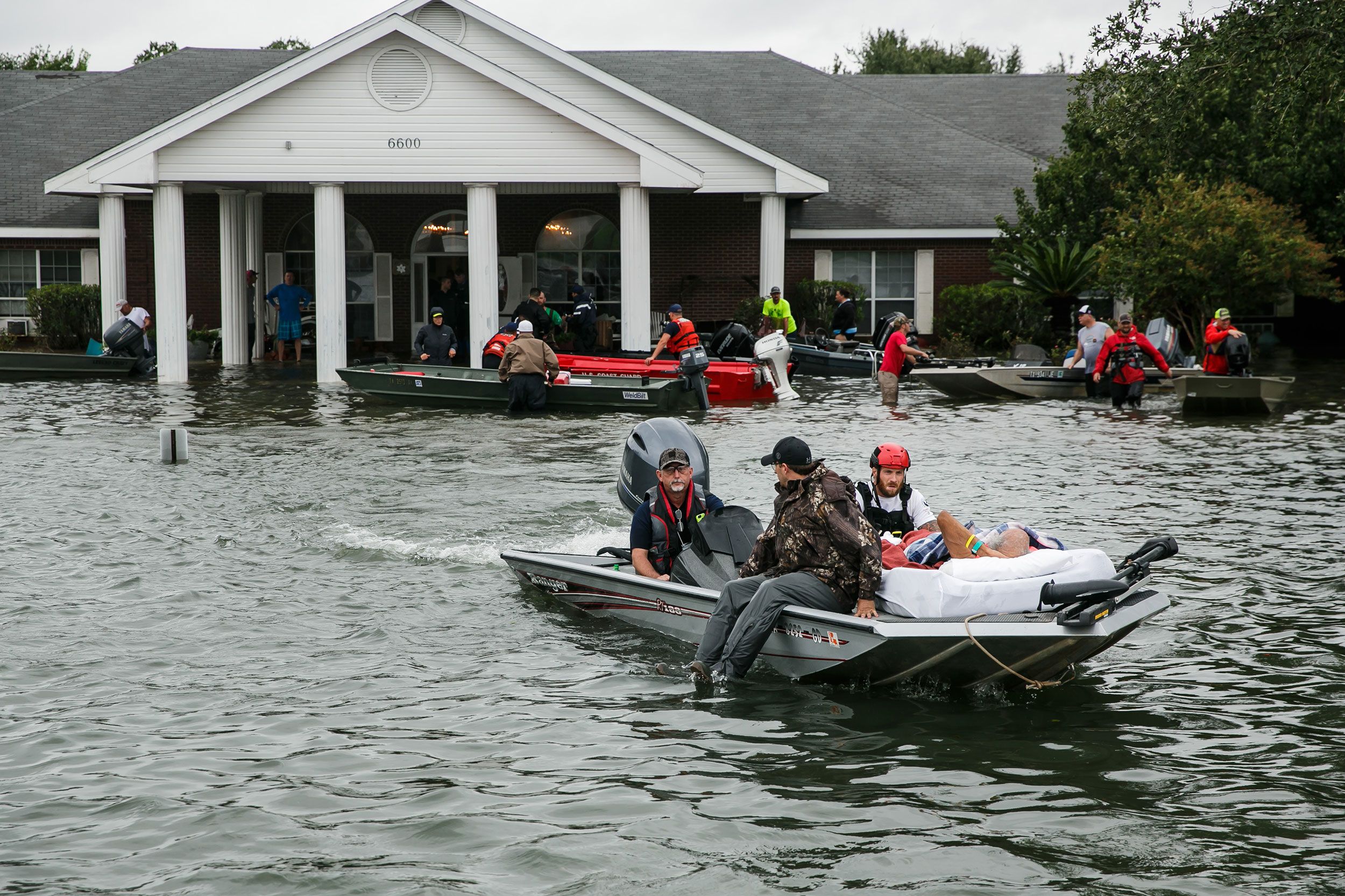
Hurricanes are rated on wind speed, but it’s the water that will get you. Storm surge and inland flooding from rainfall are responsible for most deaths in hurricanes.


